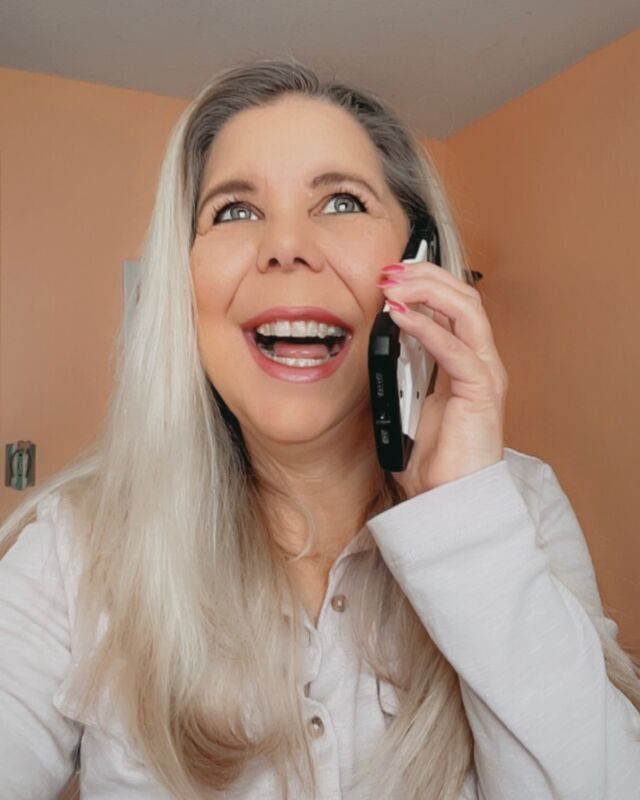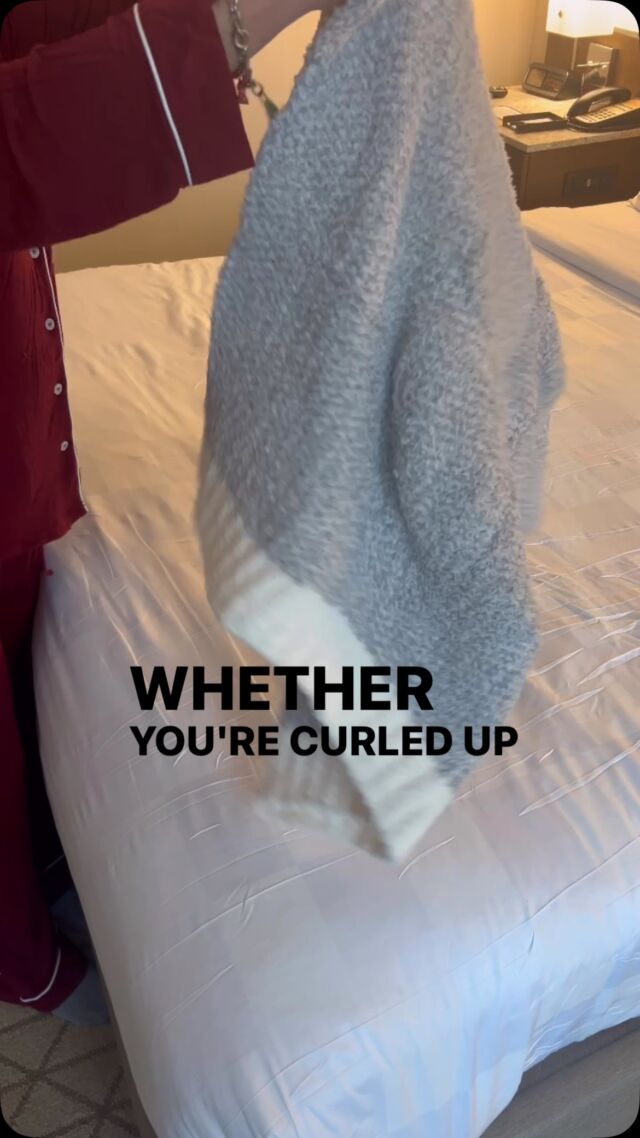Hormonal acne—those pesky breakouts that seem to know just when to show up—usually makes its grand appearance at the most inconvenient times. From stress to changes in hormone levels, these stubborn spots often feel like they’re out of our control. But don’t worry—there are ways to manage and treat hormonal acne effectively so you can reclaim your skin’s glow and confidence. Let’s dive into how to tackle this issue head-on and finally get the clear skin you deserve.
Understanding Hormonal Acne: What’s Really Going On?
First things first: what exactly is hormonal acne? Unlike the random pimples you might have had as a teen, hormonal acne is tied to fluctuations in your body’s hormone levels. It’s not uncommon for it to show up around the chin, jawline, and lower cheeks. These areas react when hormones like androgens spike, increasing oil production and clogging pores, which eventually leads to inflammation and breakouts.
But it’s not just about puberty. Hormonal acne can happen at any age, especially during stressful periods, menstrual cycles, pregnancy, or even menopause. The key to beating it is understanding its triggers and addressing the root cause, not just the symptoms. It’s about taking a proactive approach to skin health—so let’s figure out what’s next!
Balancing Hormones from the Inside Out
Hormonal acne is deeply connected to what’s going on inside your body, so treating it often means looking beyond skincare products. A balanced diet, regular exercise, and stress management are essential steps in keeping hormone levels steady. Eating foods rich in omega-3 fatty acids, like salmon and walnuts, and reducing sugar and dairy intake can help keep inflammation at bay.
You may also want to consult a healthcare professional if you think your hormone levels might be off. They can run tests and suggest solutions, such as hormonal birth control or spironolactone, which are known to balance hormones and reduce acne. And don’t forget—taking care of mature skin is a whole other level. As your skin changes over time, your hormonal levels will, too, so always adapt your skincare routine accordingly.
Topical Treatments: Finding What Works for You
Here’s where things get a little more targeted. When it comes to hormonal acne, you’ll need more than a basic face wash. Look for beneficial ingredients like benzoyl peroxide, salicylic acid, and retinoids—all of these are the heavy hitters that can unclog pores, reduce inflammation, and speed up cell turnover. But let’s talk about the real game-changer—a chin mask with ingredients like retinol, niacinamide, and ceramide, too. This kind of mask focuses on those stubborn lower-face breakouts and delivers intense hydration and repair while calming inflammation.
Retinol speeds up skin renewal, niacinamide reduces redness and inflammation, and ceramides help restore the skin barrier, making sure it stays protected. Using a chin mask a few times a week can really boost your results. Just remember, consistency is key, and it’s always good to start slow if you’re new to these ingredients.
Switching Up Your Skincare Routine
When treating hormonal acne, the right products are only half the battle; how you use them is just as important. Cleansing twice a day with a gentle and non-comedogenic cleanser will remove excess oil and prevent clogged pores. Follow up with a nice toner that contains witch hazel or salicylic acid to keep breakouts in check without stripping your skin of its natural oils.
Hydration is also crucial, even if your skin feels oily. Opt for lightweight, oil-free moisturizers that keep your skin balanced and calm. A good rule of thumb is to layer your products from thinnest to thickest: serums, moisturizers, then sunscreen (yes, even if you’re not going outside much). At night, incorporate a serum that includes retinoids or other acne-fighting ingredients to target those deeper hormonal breakouts while you sleep.
Lifestyle Hacks to Keep Acne at Bay
Managing hormonal acne doesn’t stop at your skincare routine—lifestyle plays a huge role too. Make sleep a priority since your body heals and balances hormones while you rest. Aim for 7-9 hours of quality sleep per night and you have to try to establish a consistent sleep schedule. Stress management is equally important—high-stress levels lead to an increase in cortisol, which can trigger breakouts. Activities like yoga, meditation, or even just taking time for hobbies can help keep your stress levels in check.
Drinking plenty of water is another quick and incredibly simple but effective way to keep your skin clear. Staying hydrated helps you to flush out harmful toxins and maintain the moisture levels in your skin. If you’re someone who wears makeup frequently, be mindful of how often you clean your brushes and change your pillowcases—these little steps can make a huge difference in preventing bacteria from causing breakouts.
Breaking the Cycle
By understanding its causes, adopting the right skincare routine, and making a few quick and simple lifestyle changes, you can gain control over your skin again. Remember, consistency is key—results won’t happen overnight, but with patience and the right approach, clear skin is within reach. Keep an eye on what works best for your skin and adjust as needed—sometimes it’s just a matter of finding the right combination that clicks for you.
Hormonal acne might be stubborn, but with these tips, you’re more than ready to kick it to the curb and glow up with confidence.







 Sneak Peek at Sugar Factory’s Valentine’s
Sneak Peek at Sugar Factory’s Valentine’s